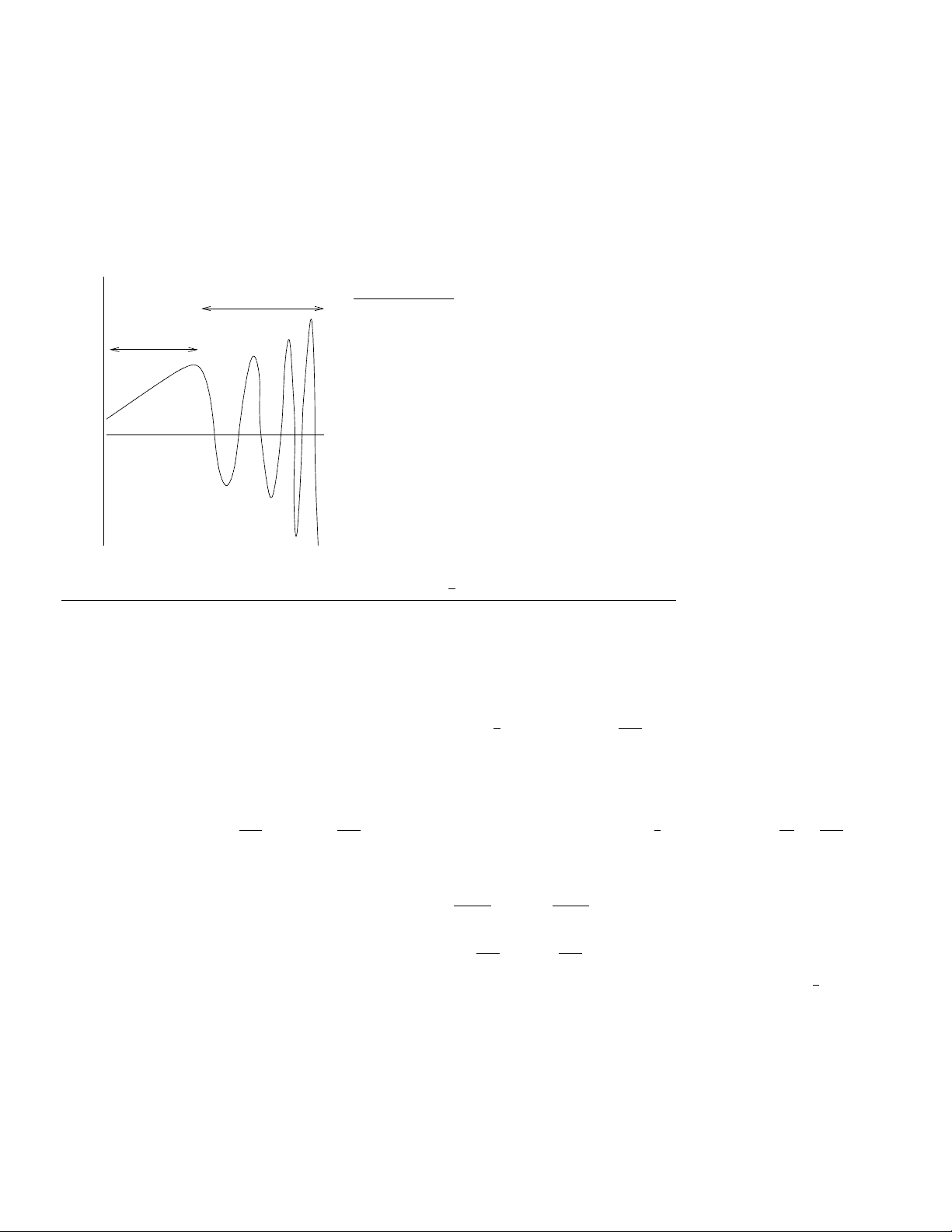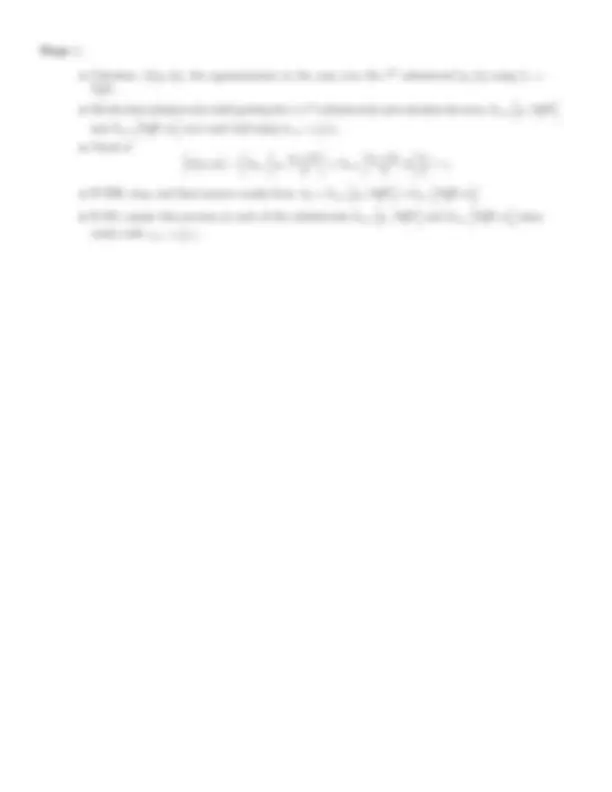



Study with the several resources on Docsity

Earn points by helping other students or get them with a premium plan


Prepare for your exams
Study with the several resources on Docsity

Earn points to download
Earn points by helping other students or get them with a premium plan
Community
Ask the community for help and clear up your study doubts
Discover the best universities in your country according to Docsity users
Free resources
Download our free guides on studying techniques, anxiety management strategies, and thesis advice from Docsity tutors
Material Type: Notes; Professor: McNelis; Class: Intro Scientific Comp; Subject: Computer Science; University: Western Carolina University; Term: Fall 2009;
Typology: Study notes
1 / 2

This page cannot be seen from the preview
Don't miss anything!


CS 340 - Introduction to Scientific Computing Section 5.5: Adaptive Quadrature
The Idea: Using a composite integration technique with different subinterval widths (h) in order to approximate the value of a definite integral,
∫ (^) b a f^ (x)^ dx, correct to within a certain tolerance,^ ≤. Portions of the f (x) curve with a large variation in values should require much smaller values of h, and portions of the f (x) curve with little change in y-values would correspond to larger values of h. See the illustration below.
Larger h−values
Less Variation
Smaller h−values needed
More Variation The Concept:
Approximate the integral over the initial interval.
Then approximate the integral over the left and right half subintervals of that interval.
If the difference in the approximations for the area over the original interval is less than the tolerance, STOP; Return the sum of the integral over the two halves.
Otherwise, repeat this process, subdividing each of the new subintervals.
The Adaptive Quadrature Process (with Simpson’s 13 Rule and Error Tolerance ≤):
Stage 1:
∫ (^) b a f^ (x)^ dx.
Stage 2:
[ a, a+ 2 b
] and S 2
[ a+b 2 , b
] to be the results of using Simpson’s 13 rule with h 2 = h 21 = b− 4 a over the left and right half subintervals, respectively.
( S 2
[ a,
a + b 2
]
[ a + b 2
, b
])∣∣ ∣∣ < ≤ 1
[ a, a+ 2 b
]
[ a+b 2 , b
] be your final result.
Stage i:
[ ai, ai+ 2 bi
]
and Si+
[ ai+bi 2 , bi
] over each half using hi+1 = 12 hi.
( Si+
[ ai,
ai + bi 2
]
[ ai + bi 2
, bi
])∣∣ ∣∣ < ≤i
[ ai, ai+ 2 bi
]
[ ai+bi 2 , bi
] .
[ ai, ai+ 2 bi
] and Si+
[ ai+bi 2 , bi
] sepa- rately with ≤i+1 = 12 ≤i.